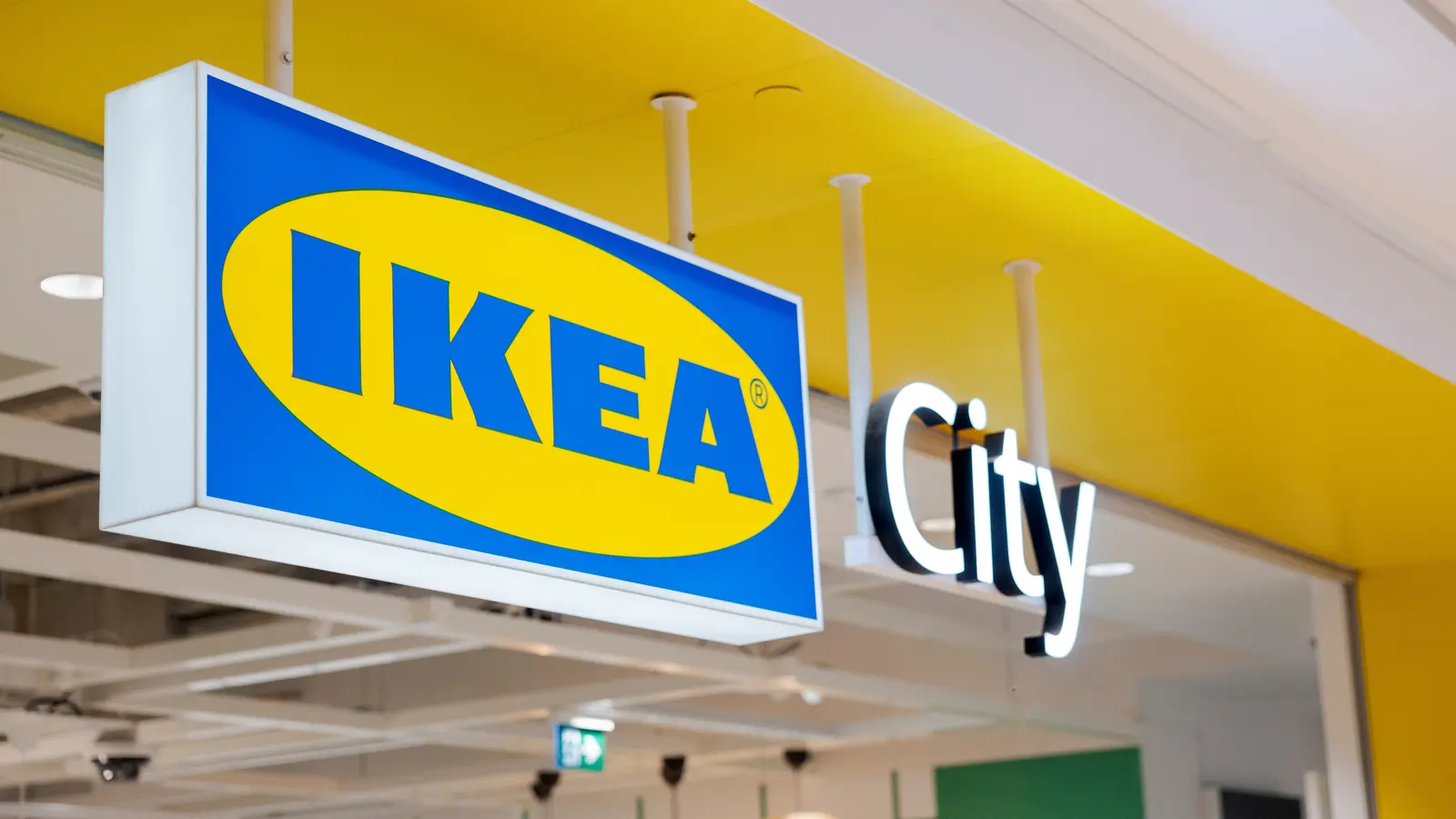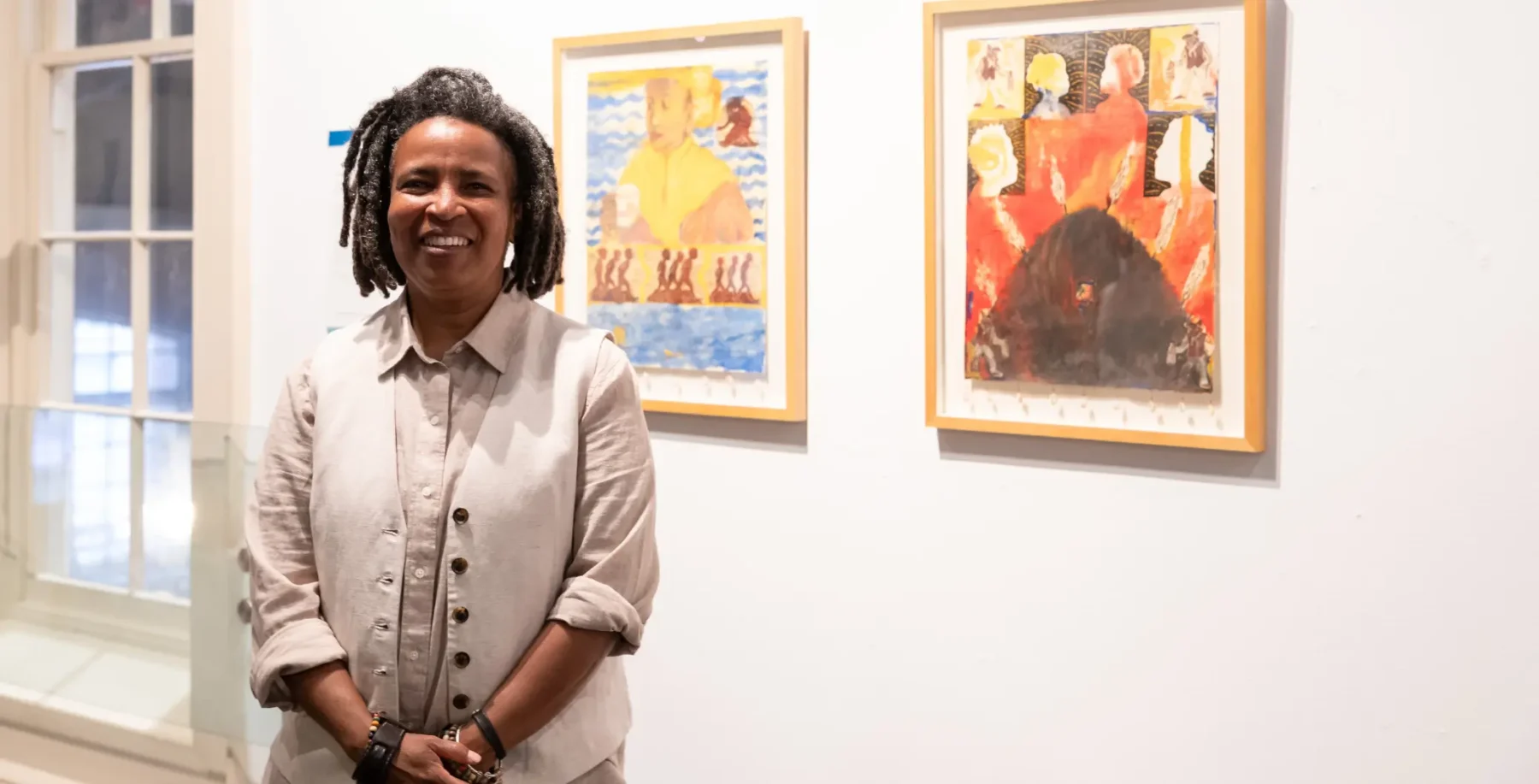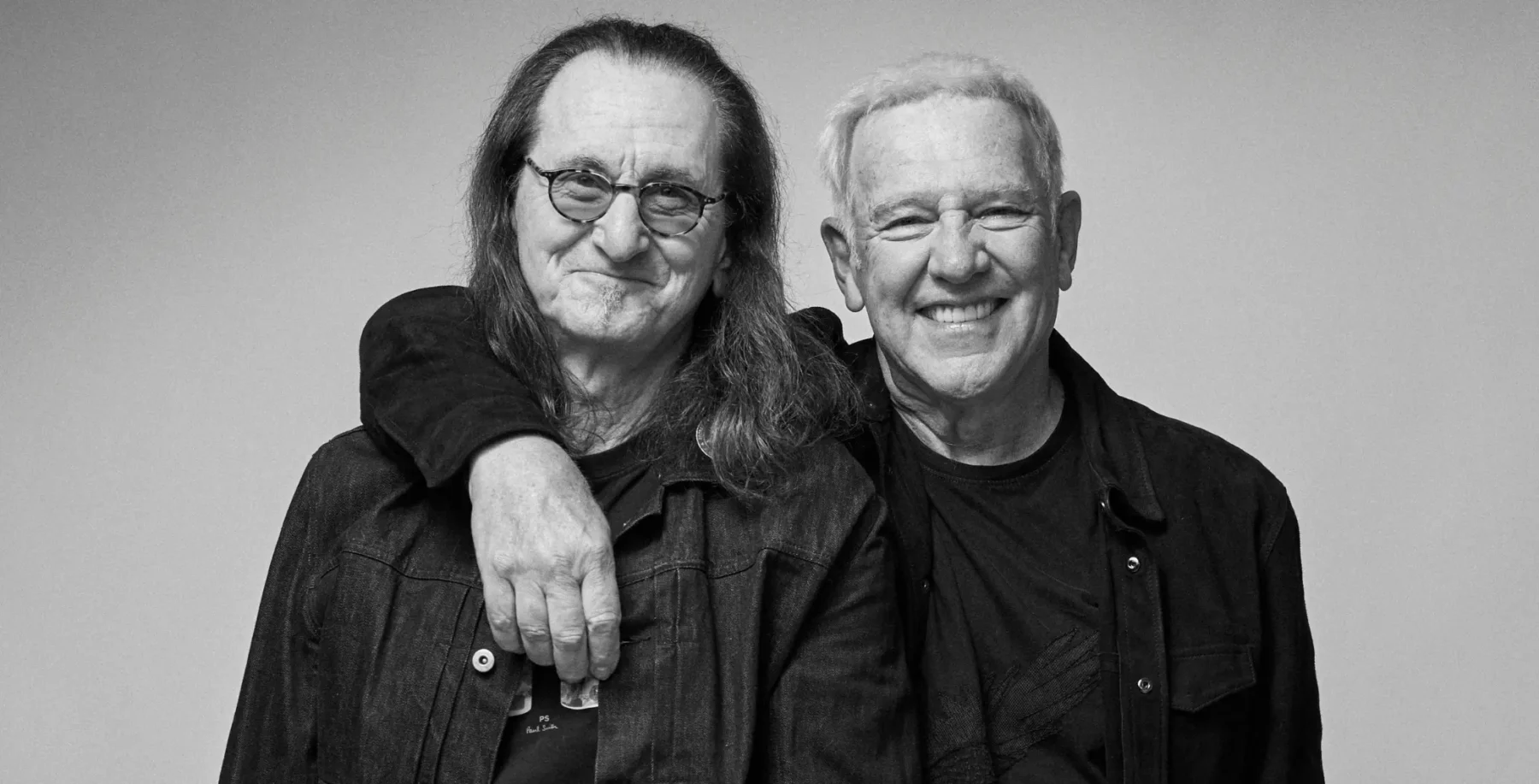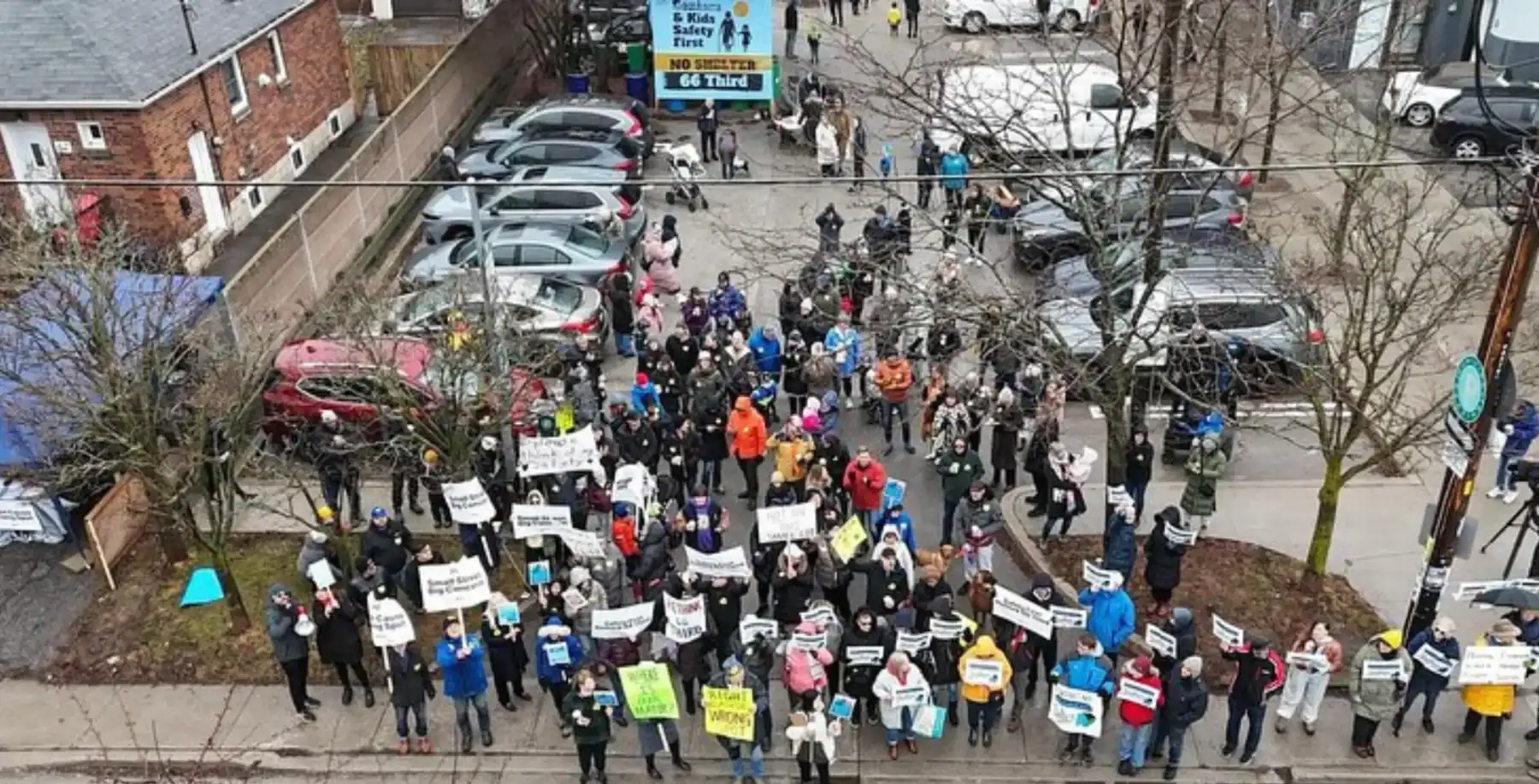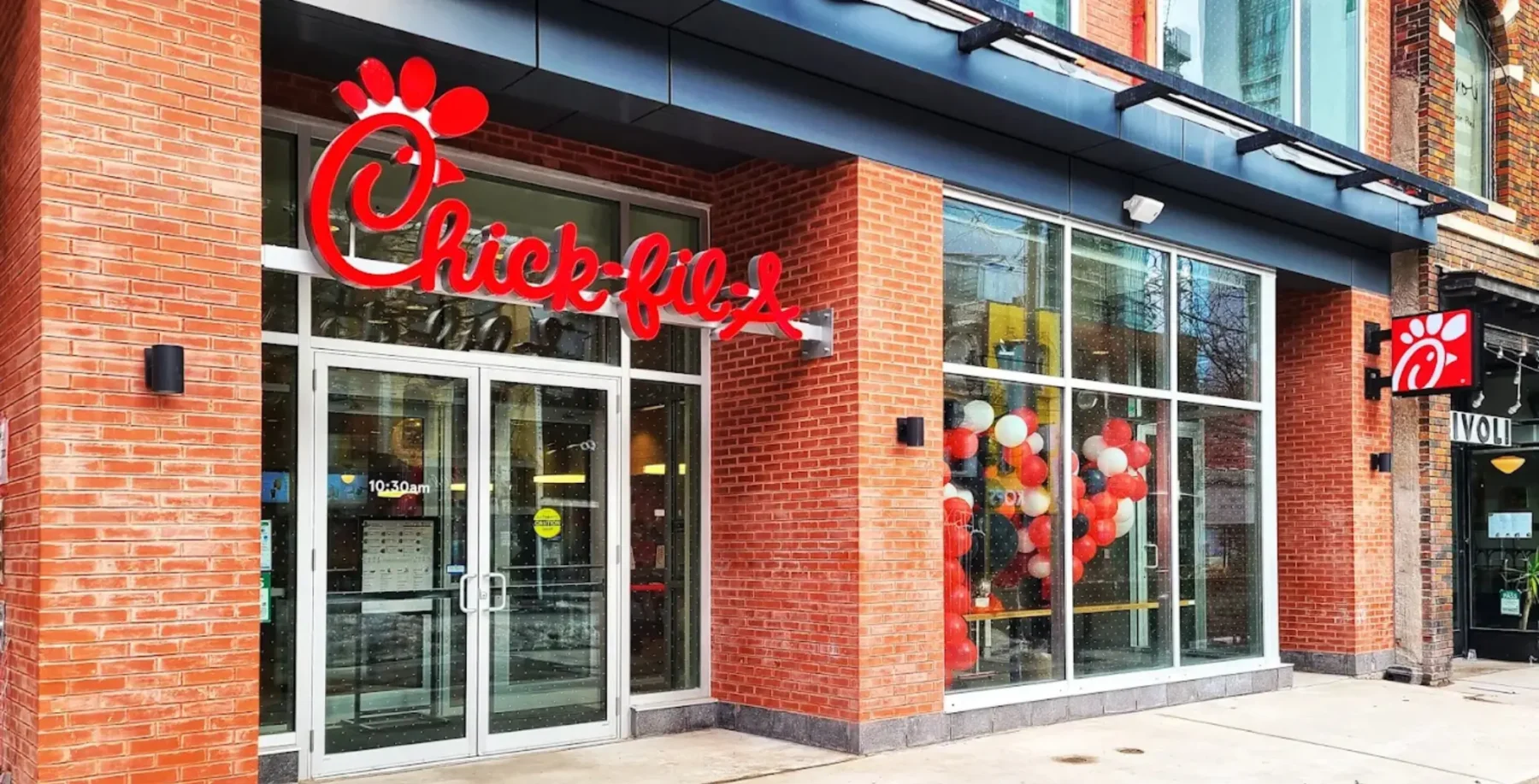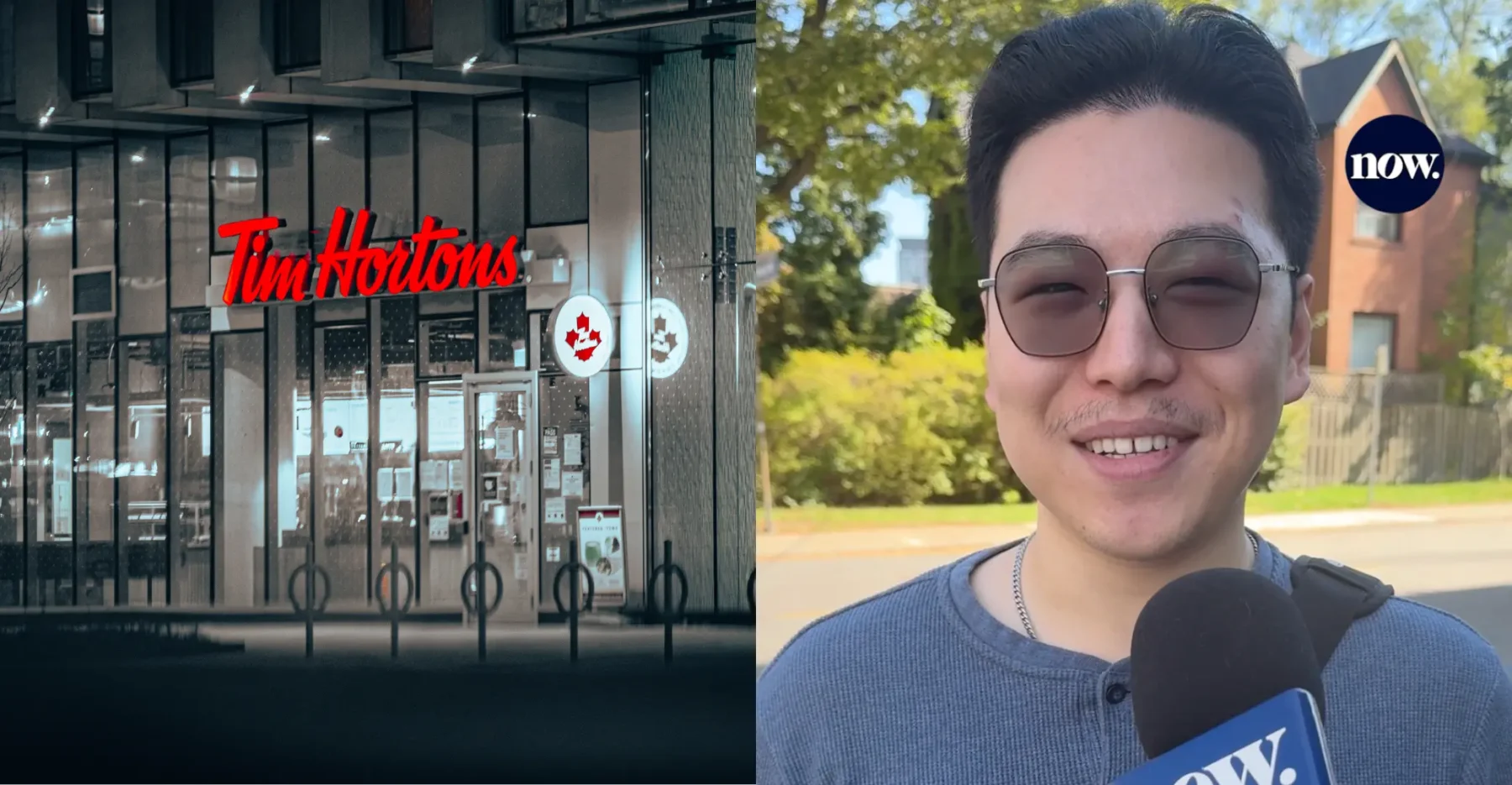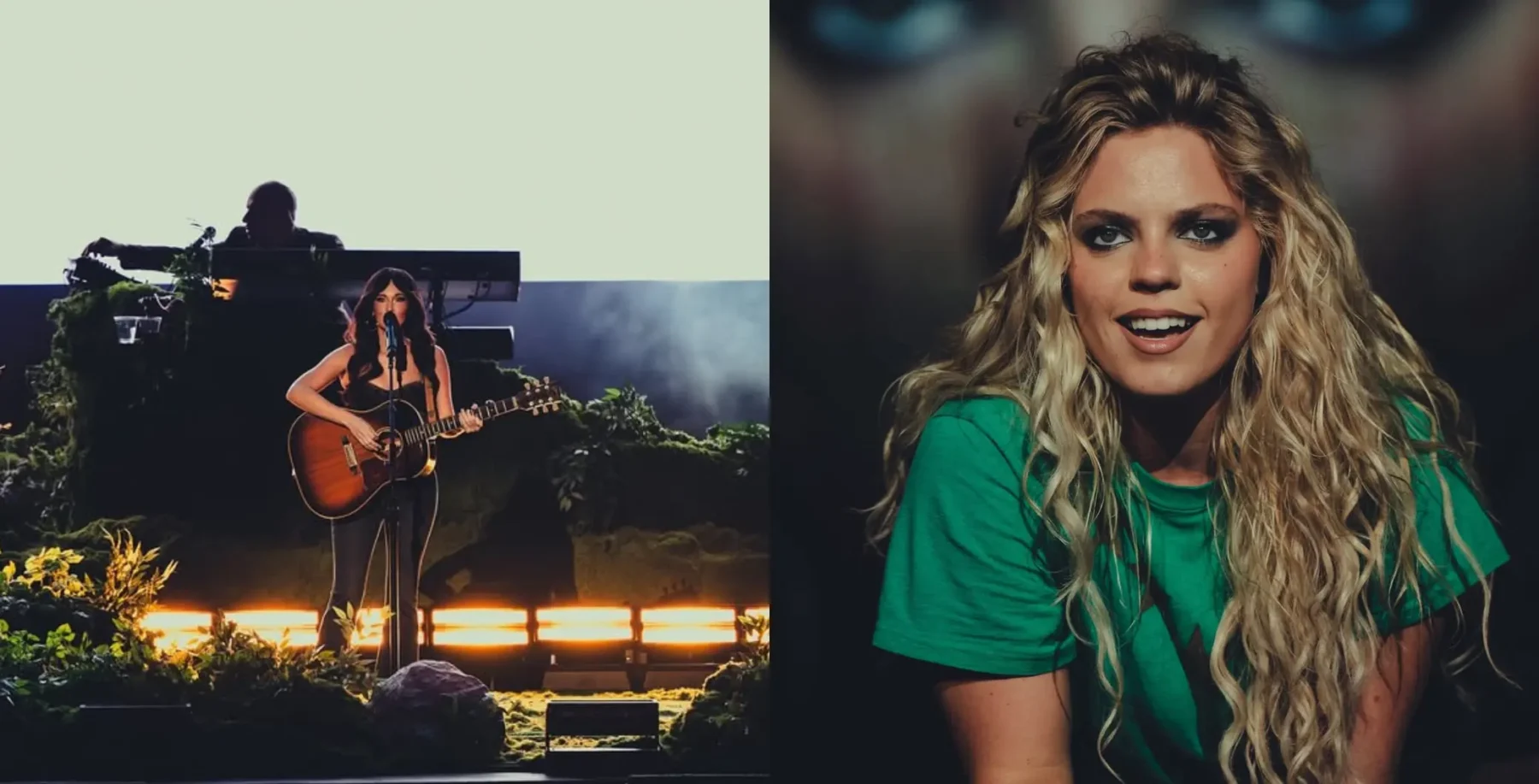
ANNA (Luc Besson). 119 minutes. Some subtitles. Opens Friday (June 21). See listing. Rating: N
It’s a little strange that, in this era defined by reboots and reimaginings of virtually every viable 90s property, Luc Besson couldn’t just simply remake La Femme Nikita.
But then again, maybe he has. His new thriller, Anna, is an apathetic polish of his 1990 breakout about a directionless young woman given a chance to reinvent herself as a stylish assassin. Maybe he couldn’t get the rights to the title.
Previously, the woman at the centre of the action was a Parisian punk played by Anne Parillaud. Now, she’s a Moscow junkie (Sasha Luss) whose sharp wits and calm under pressure brings her to the attention of a KGB spook (Luke Evans), and before you know it, she’s operating in Paris as an elite model who moonlights as a murder-lady.
There is no subtext, no tension at no point will you worry that Anna might be caught or killed, because Besson’s whole deal is last-second escapes, feints and fake-outs. The one variation he plays on La Femme Nikita is chronological: the movie will show us a shocking event and then flash back to several months earlier, when the groundwork was laid for whatever reversal or betrayal we’ve just witnessed.
Besson seems to think it’s a daring structural choice, but all it does is teach us to take nothing at face value. We haven’t been given reason to care about the whys of anything, so why would we be invested in the hows?
The emptiness of Anna, combined with its two-hour running time, gave me plenty of space to think about what I was seeing.
Why is Helen Mirren styled to look like Fran Leibowitz as Anna’s no-nonsense KGB handler? Why is an assassination montage that ends with Anna strangling her victim to death scored to INXS song Need You Tonight? Does Besson not know how Michael Hutchence died? (Would it be worse if he didn’t?)
And if you want to talk about period detail, well… Anna takes place between 1985 and 1991, in the era of Glasnost: Mikhail Gorbachev is in power and the USSR is opening itself up to the West. You would not know that from this movie.
Besson gets even the most basic period details wrong: ordinary Muscovites have IBM ThinkPads and WiFi, CIA situation rooms have flat-screen displays and everyone’s mobile phones are considerably smaller than they would have been. A USB drive becomes a major MacGuffin in the final act (USB drives weren’t in use until 1999).
Initially I wondered if all the tech was a stylistic choice – a way of suggesting Anna takes place in some alternate super-cool spyverse like the Bond movies eventually I realized the answer was much more prosaic: nobody gave a shit.
Besson is counting on a lot of people not to give a shit, I think. Not just about the sloppiness of his movie, but also about the mechanisms behind it: the filmmaker has spent most of the last year snarled in MeToo issues, to the point where it’s affected Anna’s American distribution strategy. (The French police declined to bring charges against Besson, but the accusations against him seem consistent and credible.) The longer Anna goes on, the more uncomfortable Besson’s choices feel.
Luss – who looks and sounds eerily like Milla Jovovich (the filmmaker’s ex-wife and star of The Fifth Element and The Messenger: The Story Of Joan Of Arc) – is viewed almost exclusively as a physical object, desired and used by almost everyone she meets. The closest thing the movie has to a theme is the idea that she’s always working for someone who promises her eventual freedom step back and you realize she’s being traded back and forth between divisions and institutions like a possession. Even Anna’s romance with another model (Lera Abova) is ultimately just transactional – Anna has been ordered to use her as cover, because girlfriends dissuade the predators.
Besson might argue that all this fetishizing is in service of his hero eventually claiming her own agency, but it’s the thinnest of rationales, and it doesn’t really explain why the camera views Anna as an object throughout the picture.
Besson has always worked this way, of course the most charitable reading of his filmography is Nigel Tufnel confusedly responding to an accusation of sexism by asking “What’s wrong with being sexy?” But there’s a difference between appreciation and exploitation, and what seemed alluringly Euro-cool in 1990 just feels dated and shopworn now.
For her part, Luss doesn’t play into the clichés. She gives Anna a seething core of anger and watchfulness that nicely supports all the physical work she’s required to do over the course of the movie. Most of it is pretty standard running-and-jumping stuff, but there’s one great scene where Anna is forced to John Wick her way through a restaurant filled with goons, armed only with an empty pistol by the end of the sequence, she’s slashing throats with broken dinner plates and killing her mark with a fork.
That’s the one scene in Anna where everything comes together and we see the movie that might have been – steely, relentless, clever, fun. When Anna eventually arrives on Netflix, hit me up on Twitter and I’ll give you the time code.
@normwilner


